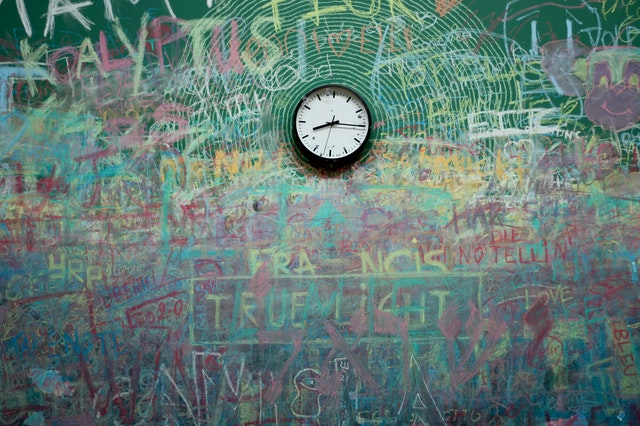Flashbacks are creative ways to give the audience information about previous events that is needed in order to develop storylines and to understand the actions of characters throughout the feature. Some writers are more liberal with their flashbacks, creating an entire episode or film using almost only flashbacks while others are more conservative, using flashbacks only when necessary.
Flashbacks correlate with the present generally to justify or to explain the character’s actions in the present. Recalling a significant event from the character’s past can be shown visually, providing significant clues or revelations regarding the character’s motivations. This significant event can portray any type of experience: grieving, happy, shameful, mysterious, troublesome, terrifying or sexual.

Flashback Techniques
It is crucial for the screenwriter to choose the precise moment where a flashback is needed in the context of the script, the exact moment where the screenwriter opens the doors to let the audience into the character’s past. As a screenwriter, you must be mindful that the transition is seamless rather than jolting the audience from the present to the past, and back again into the present like a rickety roller coaster. Techniques that offer a smooth transition include looking at a photograph, hearing a song, or looking off into the distance to a setting that resembles the character’s past. All of these examples trigger a memory that smoothly carry the character into the past.
Here is an example of a flashback from the movie The Sixth Sense:
FLASHBACK – CROWE RESIDENCE
Violent gun shots ring through the bedroom.
Anna rushes across the room to a crumpled Malcolm laying on
the floor. Malcolm’s hands are clutched at his side.
INT. LIVING ROOM – NIGHT – PRESENT DAY
MALCOLM
(screaming)
Anna!
Transitioning Layout
In the above example, the word FLASHBACK is used to indicate that the scene that follows is a flashback. Then, the scene is written and formatted like any other scene. When it is time to transition back to the present, the words PRESENT DAY are used to indicate that the script is now leaving the flashback and returning to the present moment.
Perfecting the Craft of Flashbacks
The best way to learn how to write flashbacks in your screenplay is to read other screenplays and watching the films. You will see how other screenwriters have incorporated flashbacks into their screenplays and how they manifest in real life or on the big screen. You will see where flashbacks have been effective and where they fall short so that you can avoid those pitfalls. Some screenplays that have successfully incorporated flashbacks include Men in Black 3, The Godfather 2, and Slumdog Millionaire.
There may be many drafts in between because a flashback can make or break your screenplay. Choose wisely when and if you need a flashback and how to execute the flashback in your writing.
